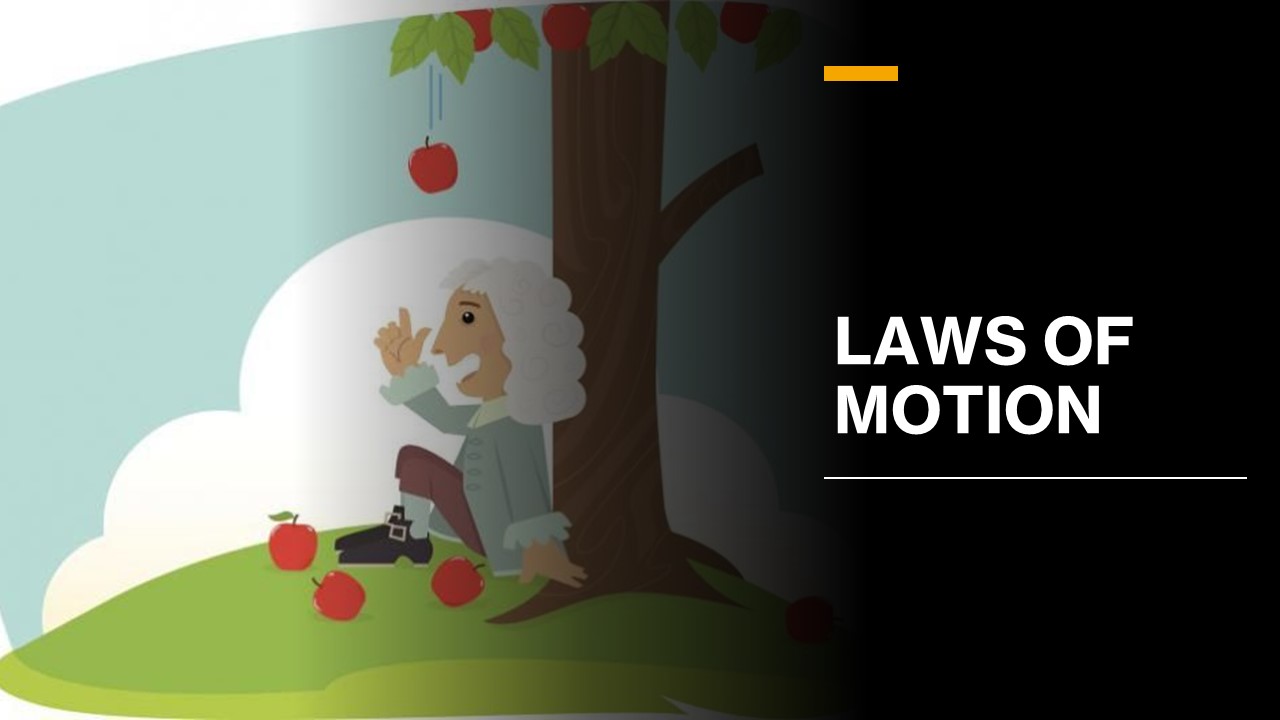Description
Contact and non-contact forces
A force is any interaction that, when unopposed, will change the motion of an object.In other words, a force can cause an object with mass to change its velocity, i.e., to accelerate. Force can also be described intuitively as a push or a pull. A force has both magnitude and direction
Contact and Non-Contact Forces:
The force which acts on an object without coming physically in contact with it is called non-contact force. The most familiar example of a non-contact force is weight. In contrast, a contact force is a force applied to a body by another body that is in contact with it. However, it is to be noted that the origin of all contact forces (such as friction) can be traced to non-contact forces.
Newtons First Law of Motion and Inertia
Newton’s First Law of Motion
Some of the bodies around us are at rest where others are in motion. Newton’s first law of motion describes the behaviour of such bodies which are at rest or are in motion. According to the law, any object in the universe remains in its state of rest or uniform motion.
Inertia:
An object does not change its state of rest or uniform motion by its own. The inability of any object to change its state is called inertia. Newton’s first law of motion gives the concept of inertia and force.
Newton’s Second Law of Motion
When two bodies, a heavy one and a light one, are acted upon by the same force for the same time the lighter body attains a higher velocity than the heavy one but the momentum gained by both of them is the same. The link between the force and momentum is expressed in the Newton’s second law of motion.
Newton’s Second Law
The rate of change of linear momentum of a body is directly proportional to the force applied to it and the change in momentum takes place in the direction in which the force is applied.The SI unit of force is newton (N)
Newton’s Third Law of Motion:
The swimmer pushes against the pool wall with her feet and accelerates in the direction opposite to that of her push. The wall has exerted an equal and opposite force back on the swimmer. You might think that two equal and opposite forces would cancel, but they do not because they act on different systems. In this case, there are two systems that we could investigate: the swimmer or the wall. This behaviour of forces acting on a body is explained by Newton’s third law of motion.
Newton’s third law
For every action, there is always an equal and opposite reaction. The action and reaction never act on the same body, but they always act simultaneously on two different bodies. Forces always occur in a pair.
Newton’s law of universal gravitation states that a particle attracts every other particle in the universe using a force that is directly proportional to the product of their masses and inversely proportional to the square of the distance between their centres.
Free
Free
Free access this course
-
LevelIntermediate
-
Last UpdatedApril 1, 2022
-
CertificateYes
Hi, Welcome back!
Material Includes
-
Live Interactive classes with in-class doubt solving
-
Weekly Test and Quiz with instant tracking for progress
-
Revision of the course after testing
-
Fortnightly Parents and Tutor interactions
-
Expert monitoring of student's learning progress
-
Daily communication over call, whatsapp and mail
-
3 hours on-demand video
-
4 downloadable resources
-
Access for entire Academic Year
-
Access on mobile and Desktop
-
Assignments and review of the same
-
Tests and Correction by Board paper checkers
-
Certificate of completion and Live tracking with Grade book
Course Duration:
0
Course level:Intermediate
Enrolled:0
About Course
In this section will learn the following chapters:
1. Newton’s First Law of Motion
2.Newton's Second Law of Motion
3.Newton's Third Law of Motion:
Course Curriculum
LAWS OF MOTION
-
06:33
-
09:59
-
01:26
-
QUIZ – FORCE AND ITS EFFECTS
-
08:54
-
QUIZ – INTERTIA AND FORCE
-
04:38
-
05:59
-
QUIZ – INERTIA
-
05:51
-
09:34
-
QUIZ – NEWTON’S THIRD LAW OF MOTION
-
QUIZ – NEWTON’S FIRST LAW OF MOTION
-
02:11
-
QUIZ – NEWTON’S SECOND LAW OF MOTION
-
08:12
-
05:00
-
QUIZ – NEWTON’S THIRD LAW OF MOTION – LAW OF CONSERVATION OF MOMENTUM
-
05:00
-
QUIZ – GRAVITATION
-
QUIZ – MOTION AND TYPES OF MOTION
-
QUIZ – NEWTON’S LAWS OF MOTION
-
QUIZ – NEWTON’S LAW OF MOTION – PRELIMINARY TEST
-
QUIZ – NEWTON’S THIRD LAW OF MOTION – LET’S RECALL
-
QUIZ – UNIVERSAL LAW OF GRAVITATION
GRAVITATION
-
00:45
-
00:47
-
QUIZ – UNIVERSAL LAW OF GRAVITATION
Student Ratings & Reviews

No Review Yet


